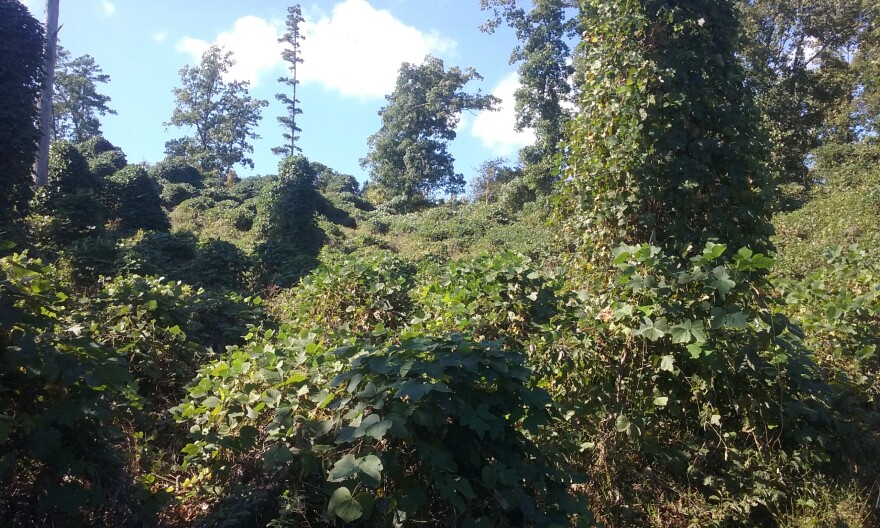Removing nonnative plants from the glades and fields in a vast forest can be expensive and harmful to the environment.
That’s why Mark Twain National Forest is deploying a herd of goats to eat their way out of the problem.
Plants like blackberries and kudzu can turn a field from a grassy habitat for turkeys and quail into an overgrown thicket.
“They create a large canopy. They compete for nutrients. And then they push out and eliminate a lot of the desirable native species that we have,” said Brian Davidson, Botany and Invasive Species program manager at the Mark Twain forest.
So when those plants, which can grow as tall as 10 feet, get out of hand, Loren and Elizabeth Steele of Elk Creek bring in their goats.
The couple has as many as 1,500 Spanish goats that they take to landowners looking for a natural way to eradicate unwanted vegetation.
They set up a portable, solar-powered electric fence around a designated area and let the goats roam and graze.
Despite the reputation that goats will eat anything, they actually are choosy in what they eat, Loren Steele said. He said that what makes goats different is that they will eat many plants that other grazing animals won’t touch.
“They are pretty picky, however they will eat a lot of stuff, particularly broadleaf plants and they are not as much of a grass eater,” Steele said.
The Steeles got into the goat business after they were looking for a way to keep trees from coming back to an area of their own land they had cleared.
“It’s a lot cheaper than running equipment over the land to get rid of those resprouts or to use herbicide. So we decided to use goats, and then that started the process for us to look at what the goats eat and what they are effective on,” Elizabeth Steele said.


In just a day or two, they can chomp their way through a few acres of overgrown fields. And in addition to what they take away, the goats can leave behind something that can help the fields.
“They are defecating all over that. So that gets incorporated into the soil, and it’s a positive. What goes in comes out, right? And all of that has a lot of nutrients,” Davidson said.
Using goats to control vegetation isn’t new — the practice goes back to when the animals were first domesticated. What is new is the targeted approach and using precision planning to take out specific plants in particular areas.
The next step might be to take the goats out of the open areas and see what they can do among the trees.
“We have a lot of native hardwoods that are encroaching and impeding pine regeneration and also not maintaining the openness,” Davidson said. “So we’ll try using goats in there to try and maintain that structure.”
Davidson thinks forests will increase their use of goats to help maintain land because they continue to prove to be cheap, effective and natural. The Mark Twain contract with the Steeles is for $25,000.

In addition to being good for the forest, Loren Steele said, this kind of work makes for a good life for the goats.
“They get shipped to a new place on a regular basis. It’s kind of like having a new smorgasbord on a regular basis, so yeah, I think it’s pretty good,” Steele said.
Follow Jonathan on Twitter: @JonathanAhl


